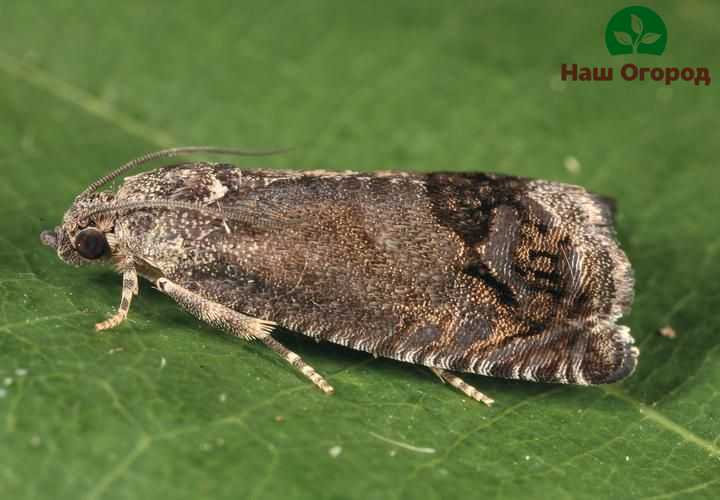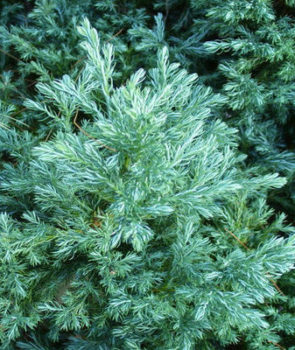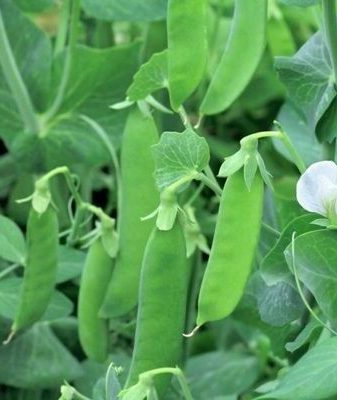7 factors for successful cultivation of vegetable peas
Content:
Vegetable peas are rich in vitamins, proteins, phosphorus, potassium, magnesium, sulfur, calcium. Peas also prevent premature aging and have the properties of protection against cancer. Vegetable pea varieties are incredibly useful for people leading a sports lifestyle. Its structure is rich in trace elements that help protect against hypertension and heart attack, an important property is the ability to block the entry of radioactive metals into the body. This vegetable definitely needs to be planted in your garden.
Vegetable peas: growing crops
Growing peas is not particularly difficult, but there are some nuances. Peas should be planted instead of cucumbers, potatoes, pumpkins and cabbage. Try to choose areas without fresh fertilizer, otherwise you will end up with a lot of tops and few pods. Ideally, soil with phosphorus and potash fertilizers that were applied last season is suitable.
Boarding time
Vegetable peas are a fairly cold-resistant crop, they can withstand temperatures up to -6 degrees, planting can begin after the snow cover has melted and the earth dries up, but still not earlier than the end of April. If you need summer sowing, do it before July 5-10, but use only early maturing varieties.
Lighting and ground
The plant is light-requiring enough, be sure to take this into account when planting. The soil must be selected without excess nitrogen, light, fertile enough. Be sure to protect the plant from the wind.
Sowing seeds and vegetable peas
Vegetable peas do not require preliminary germination, it is enough to dip them into a hot solution of boric acid (2 grams per 10 liters of water, temperature 40 degrees), in this simple way you will protect the plant from the weevil, a very dangerous pest for it. Pea seeds are planted to a depth of 3-5 cm, a distance of 50-60 cm is made between the rows. The peas will rise in about 7-15 days.
Vegetable pea care
Vegetable peas do not require special care for timely watering, weeding and, most importantly, to preserve seedlings from birds. For this, mesh fabric or a fishing net is used. In the heat, be sure to water the bushes abundantly, peas cannot stand hot weather, nitrogenous fertilizers with an admixture of potassium are suitable for feeding. For convenience, you can make supports for the plant; a coarse mesh fixed on the supports will do.
Harvesting
The ripening of the vegetable pea crop occurs about a month after flowering, if you need dense ripe fruits, the pods are left until fully ripe. After the end of the harvest, the tops are harvested, it is recommended to dig up the roots and leave them in the ground, since peas are an excellent green manure. Re-sowing in one place is recommended after 4-5 years, since the crop has a risk of pest infestation and is susceptible to disease.
Vegetable peas: diseases and pests

The pea moth is one of the worst pests for vegetable peas. Caterpillars climb inside the pods and eat the crops. The plant is also threatened by pea aphids and powdery mildew. Spraying is carried out before flowering, be sure to monitor the condition of the soil and plants adjacent to vegetable peas.




